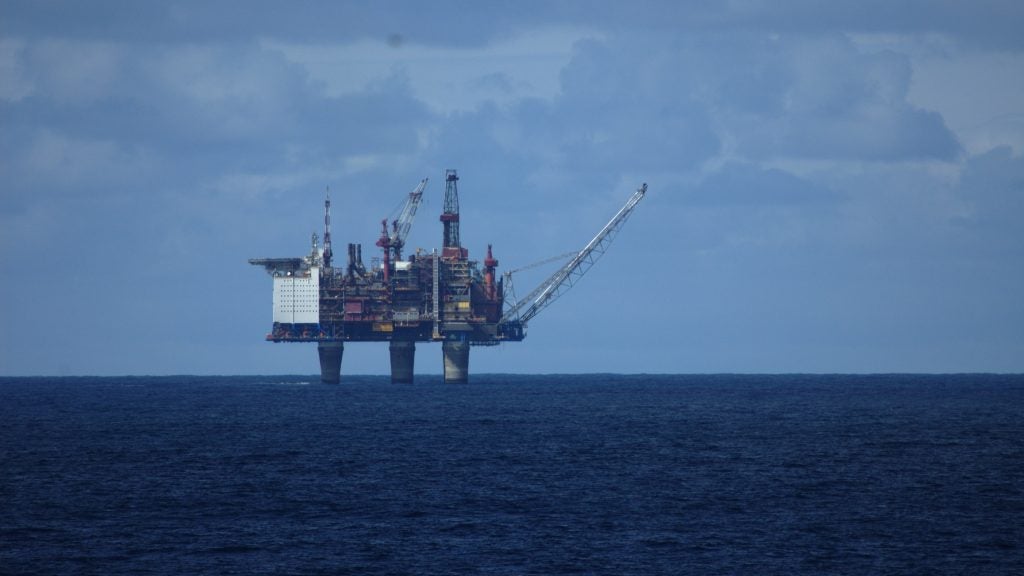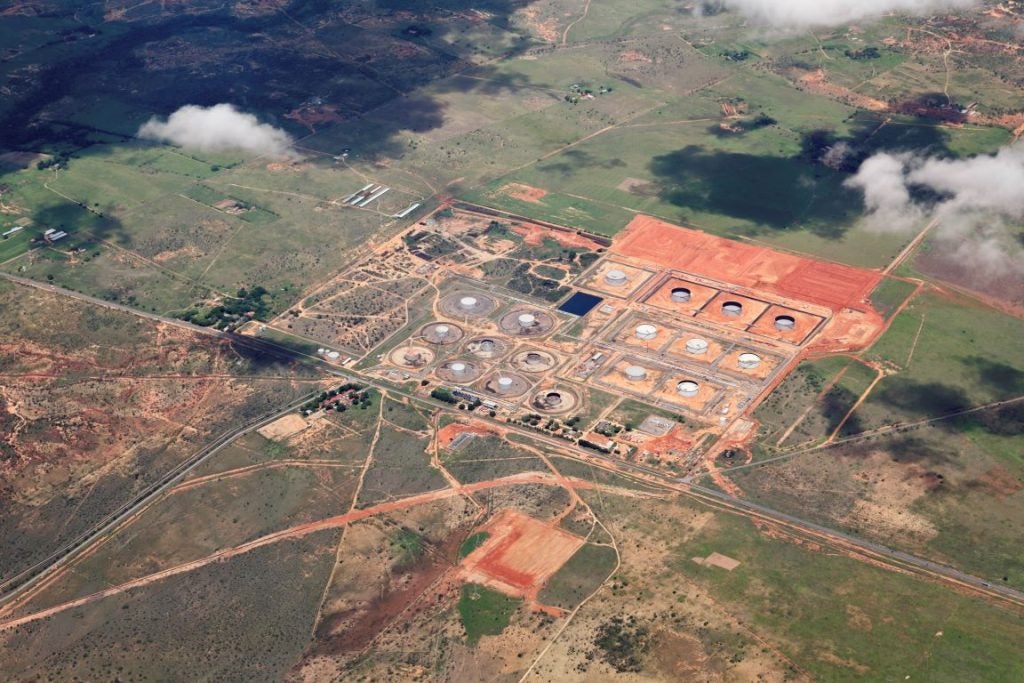Oil prices improved on indications that the Organization of the Petroleum Exporting Countries (OPEC) and other allied nations may agree to extend the supply cut deal.
Brent crude futures increased 59 cents to touch $62.26 a barrel, while US West Texas Intermediate (WTI) crude futures soared 49 cents to trade at $53.08 per barrel, reported Reuters.
During an industry conference in Russia, Saudi Energy Minister Khalid al-Falih said that the $60 a barrel price level is too low to boost investment. He added that Saudi Arabia will not boost production at the cost of lower crude prices and termed return to 2014-15 like price-crash environment as ‘unacceptable’.
Oil cartel OPEC and some other key allies including Russia, jointly known as OPEC+, have been restricting output by 1.2 million barrels per day since the beginning of 2019. The members are scheduled to meet in the following weeks to discuss the future of this output policy, which ends in June 2019.
Earlier, Russian President Vladimir Putin stated that the country differs from what OPEC constitutes ‘a fair oil price’, but emphasised that Moscow will take a joint decision with other members on the cuts.
Besides OPEC+ cuts, the market is supported by US sanctions on crude exports by Iran and Venezuela. However, the oil prices is weighed by the escalating trade impasse between the US and China, as well as rising production in the US.
How well do you really know your competitors?
Access the most comprehensive Company Profiles on the market, powered by GlobalData. Save hours of research. Gain competitive edge.

Thank you!
Your download email will arrive shortly
Not ready to buy yet? Download a free sample
We are confident about the unique quality of our Company Profiles. However, we want you to make the most beneficial decision for your business, so we offer a free sample that you can download by submitting the below form
By GlobalDataThe Energy Information Administration (EIA) told that the US oil production jumped to a record 12.4 million barrels per day last week. Crude inventories also increased to their highest since July 2017 levels to 483.26 million barrels.







